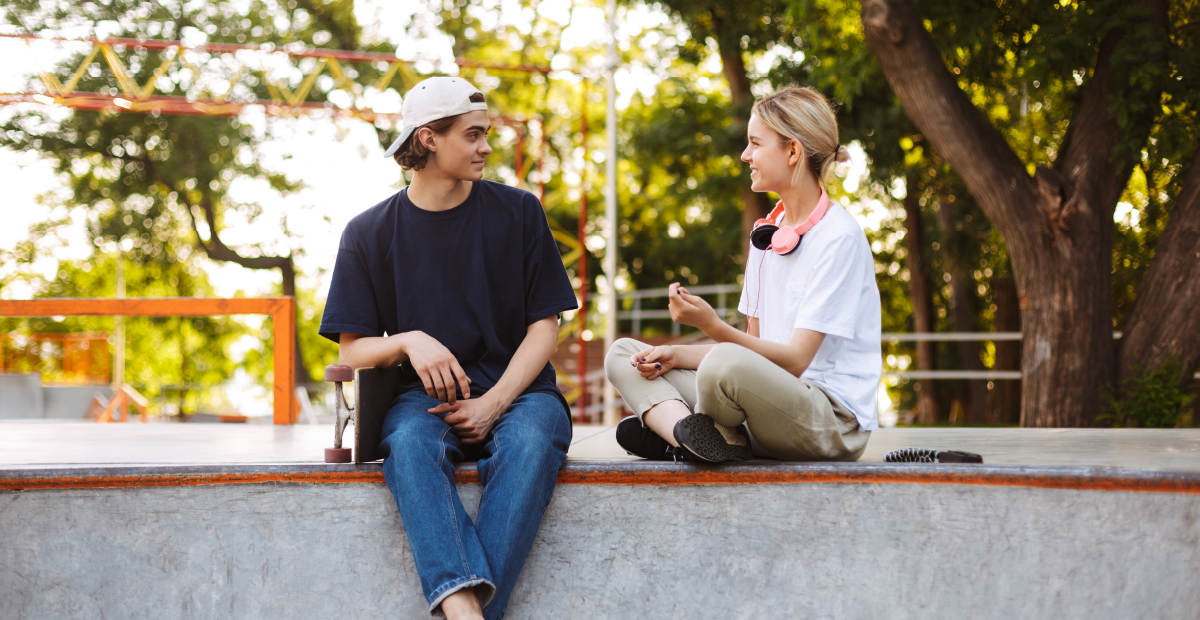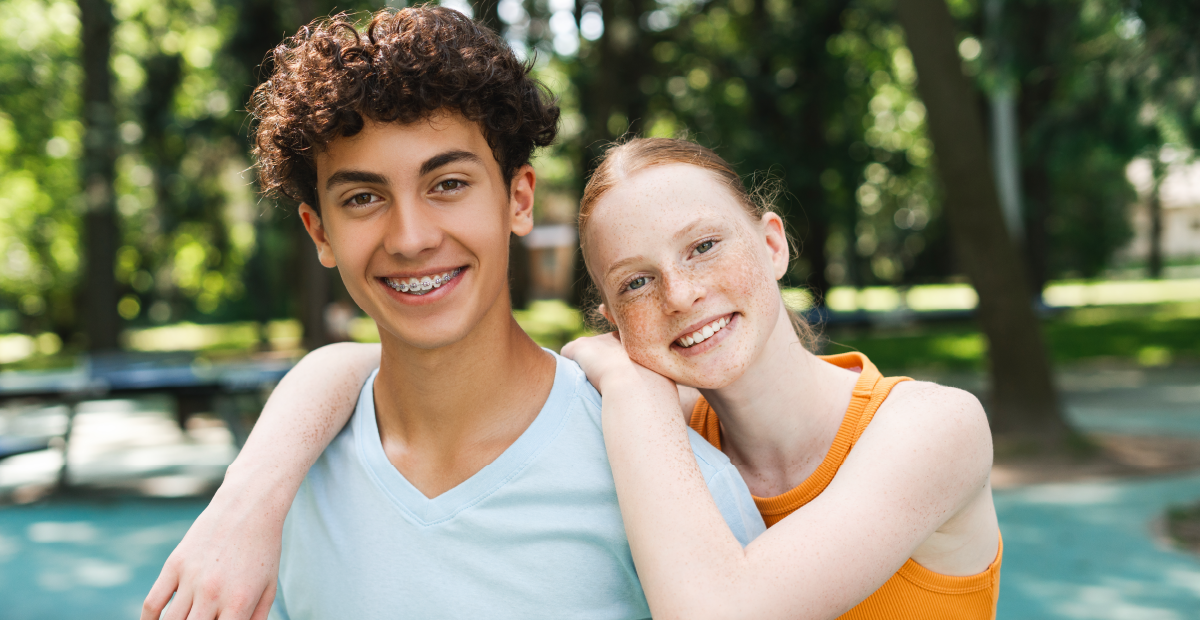Club drugs are among the most common recreational drugs used among teens, along with alcohol and marijuana. This is because club drug use enhances and intensifies teenagers’ experience of social interaction. Since they can be taken in pill, powder, or liquid form, club drugs tend to be more acceptable for teens who have been educated about the dangers of injecting drugs, such as heroin. However, many teens are not aware of the hazards of club drugs.

Teen Substance Abuse
What Is the Fentanyl Fold? The Pattern in Youth Drug Abuse
Discover what is the “fentanyl fold” and how this drug is shaping drug abuse. Find information, treatment options and support for your teen in Texas.



